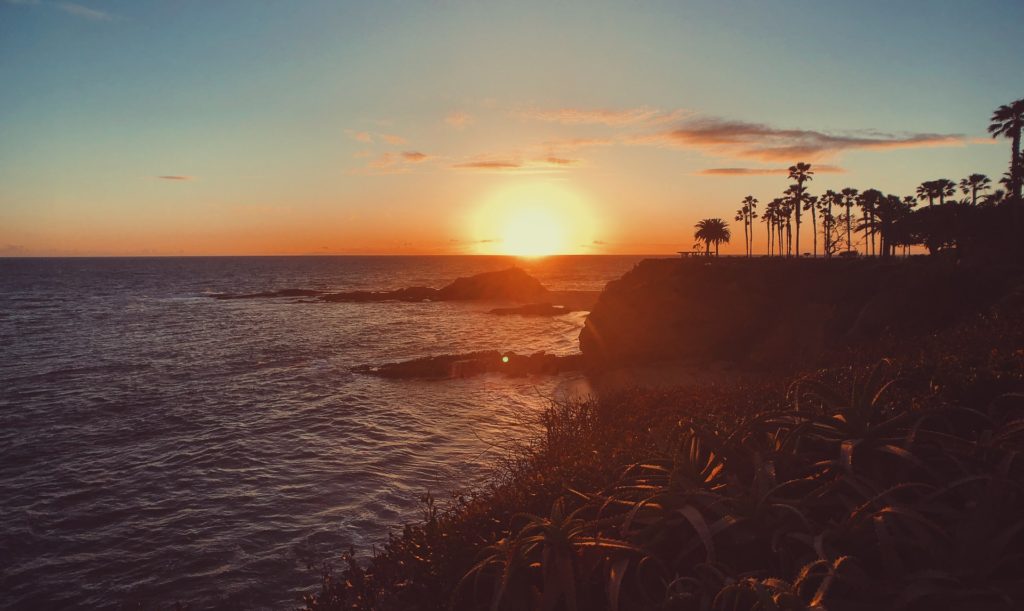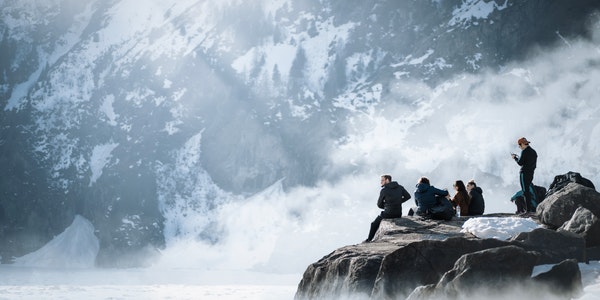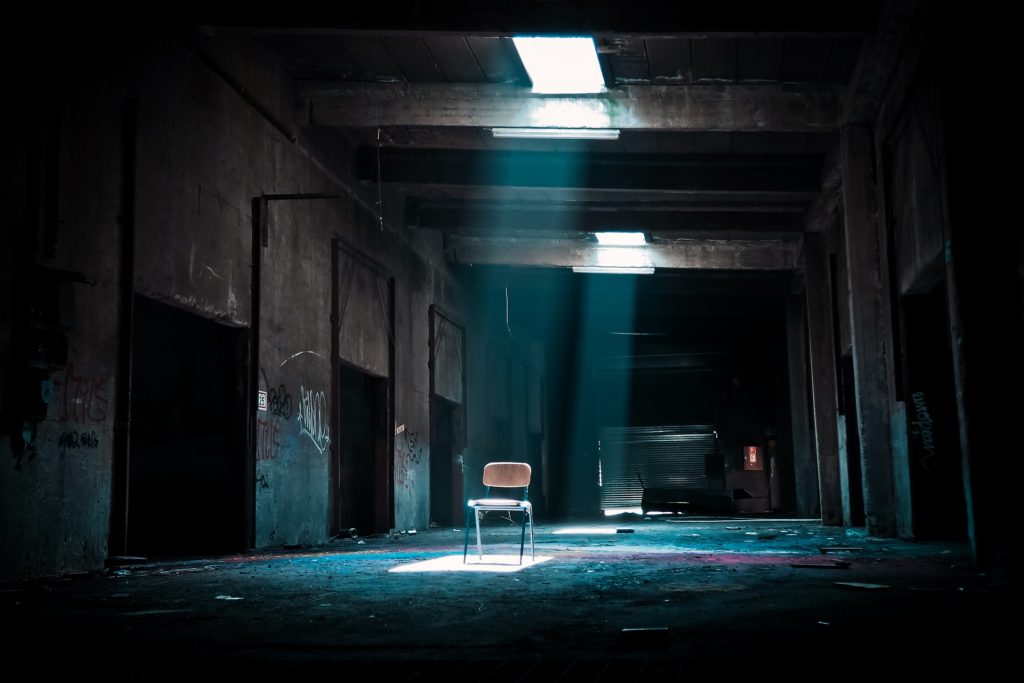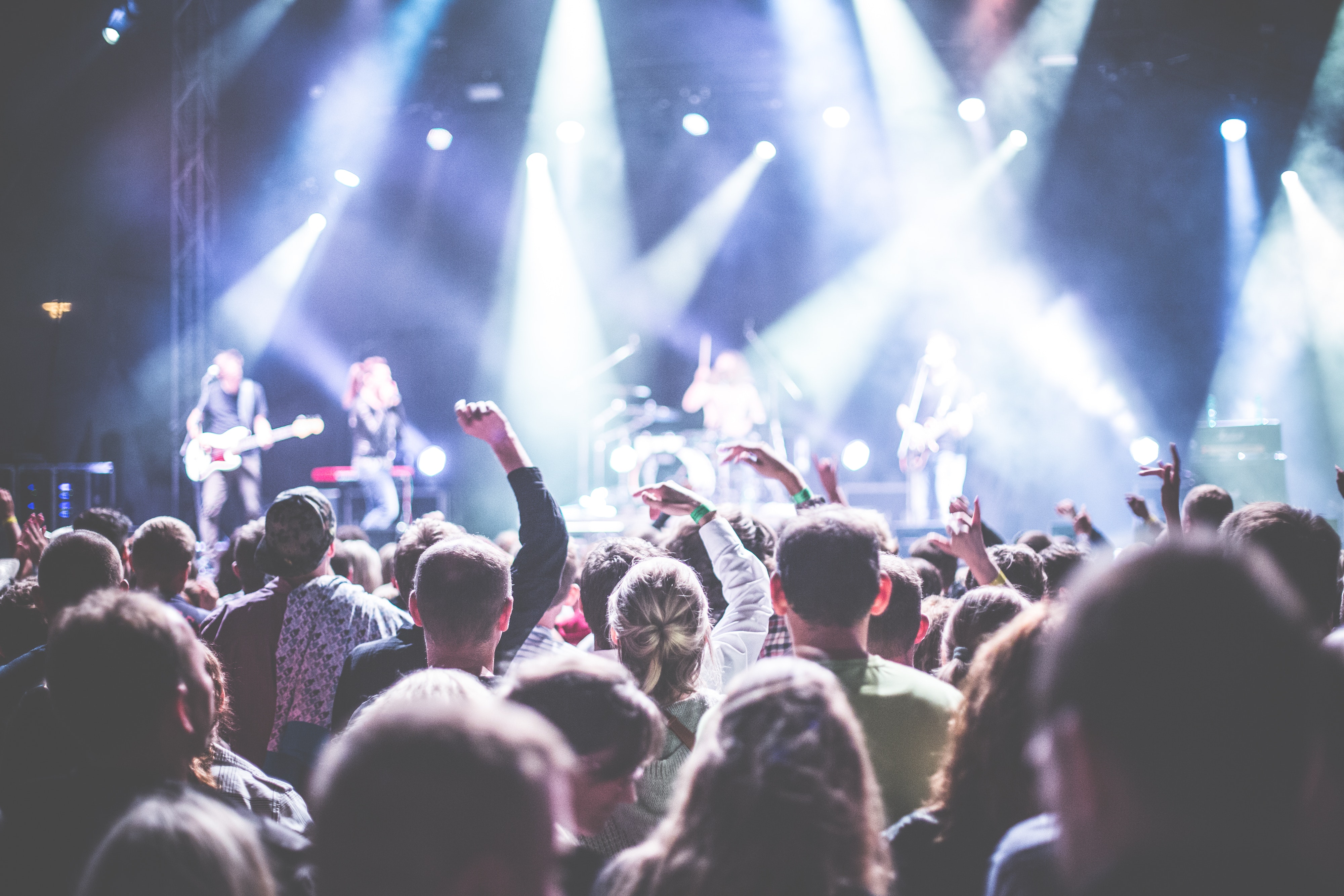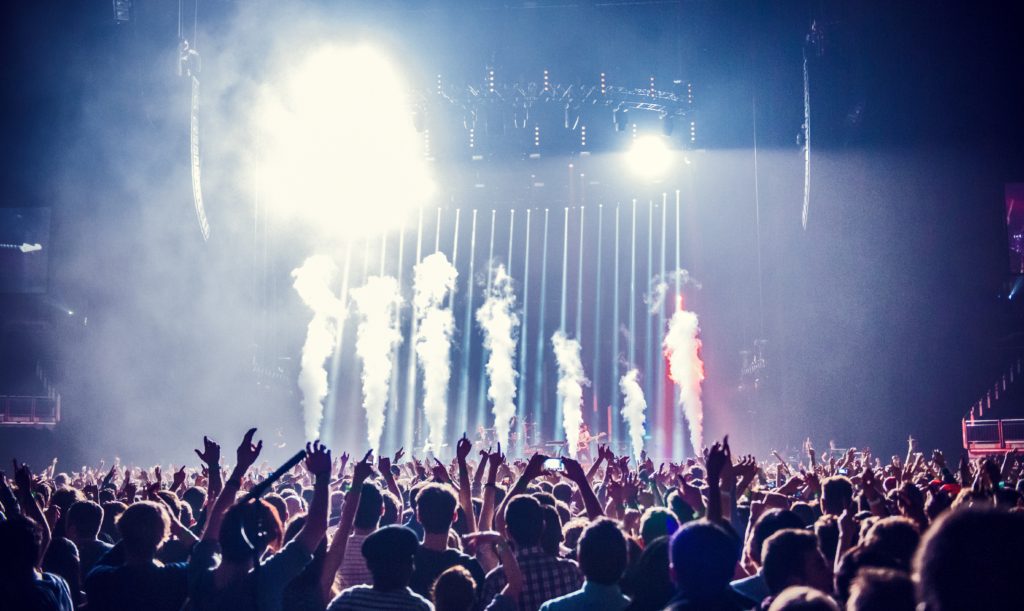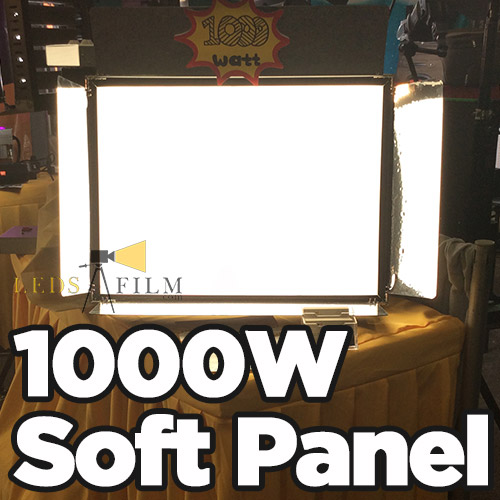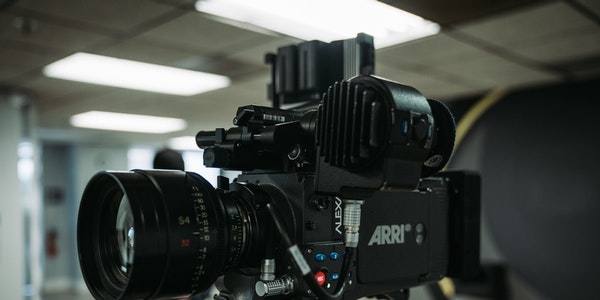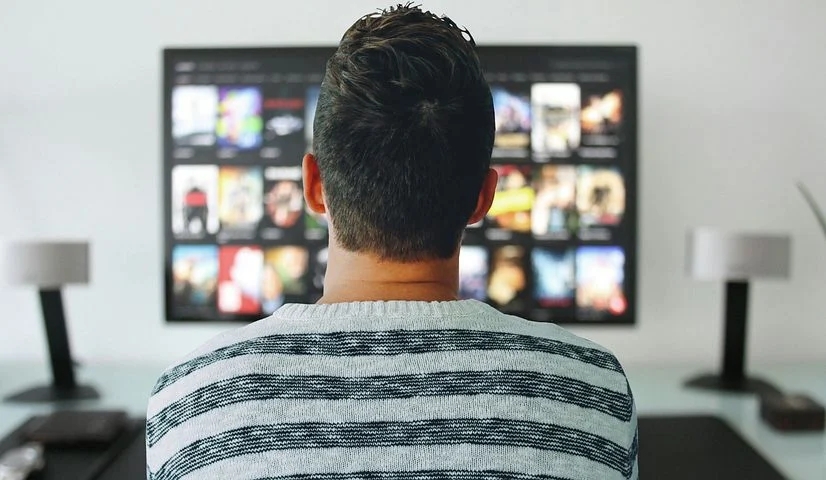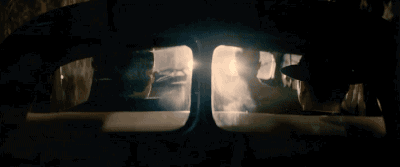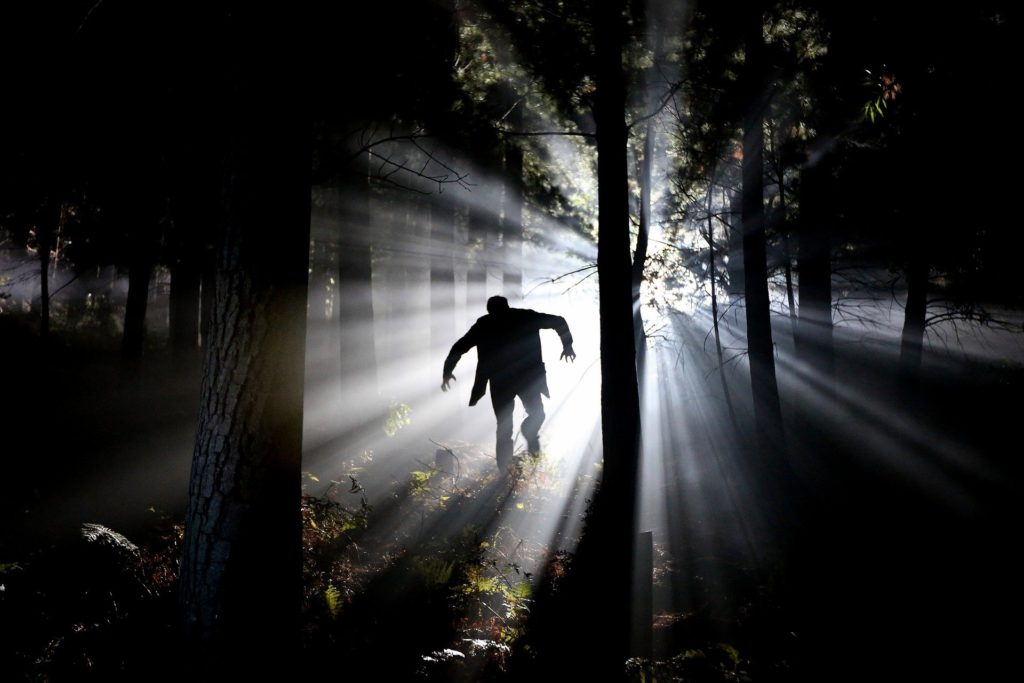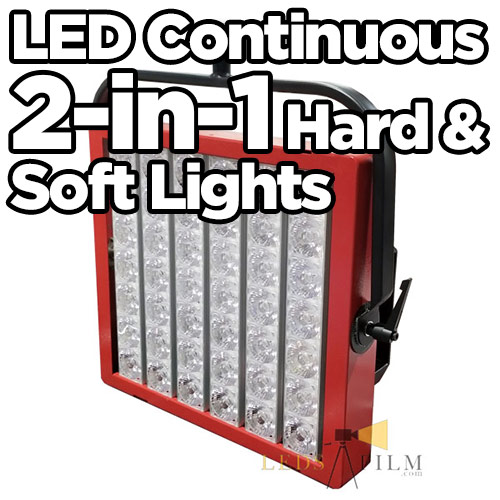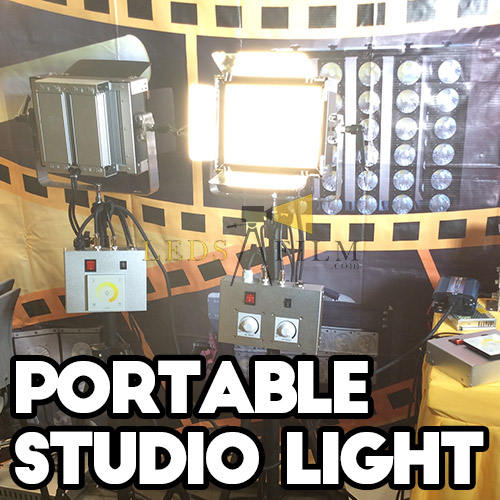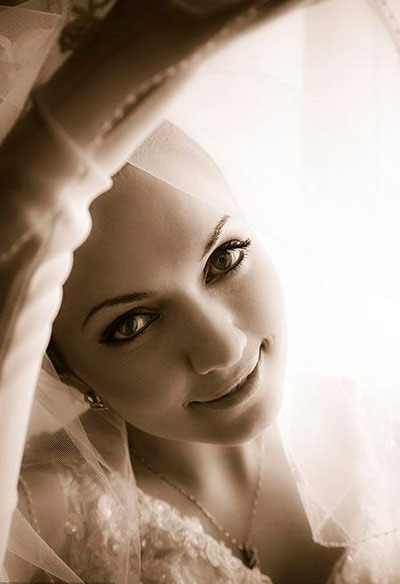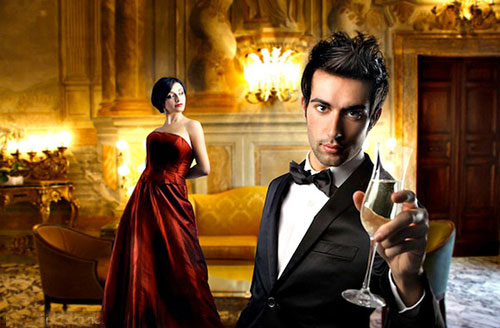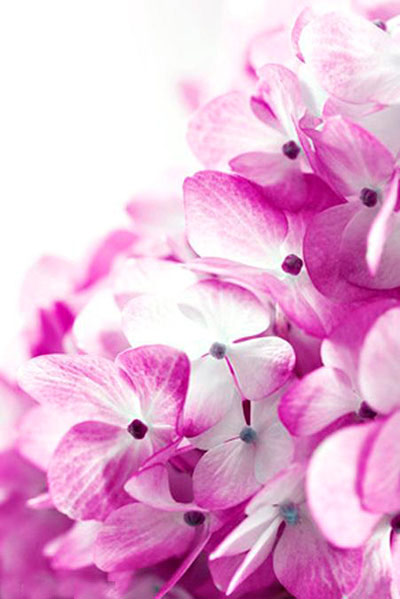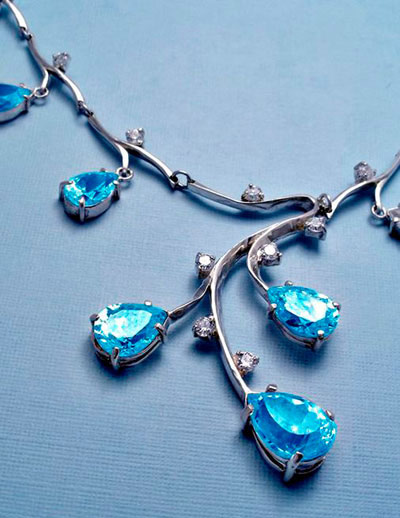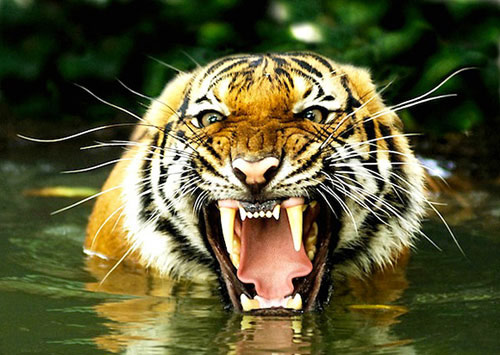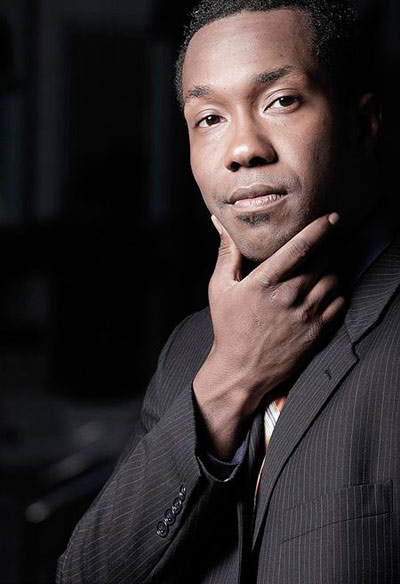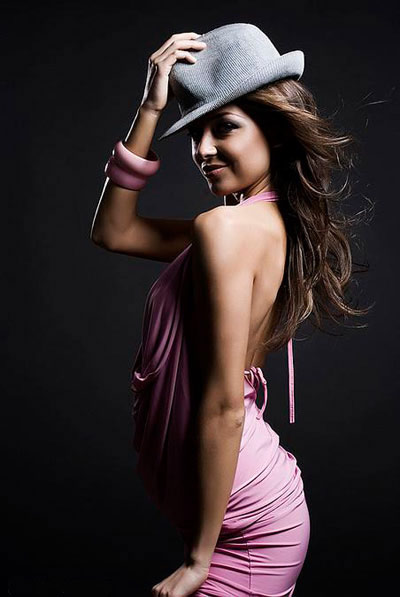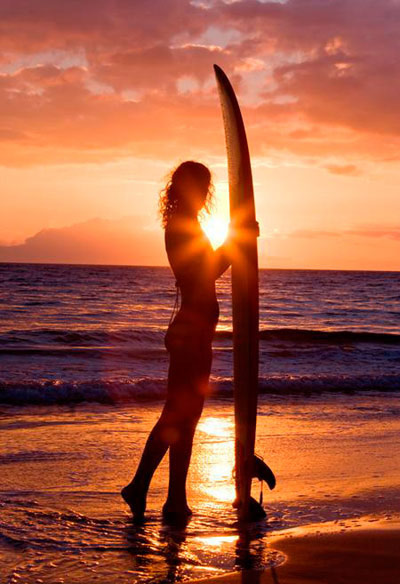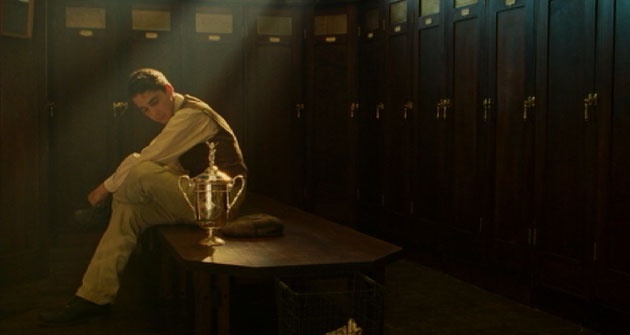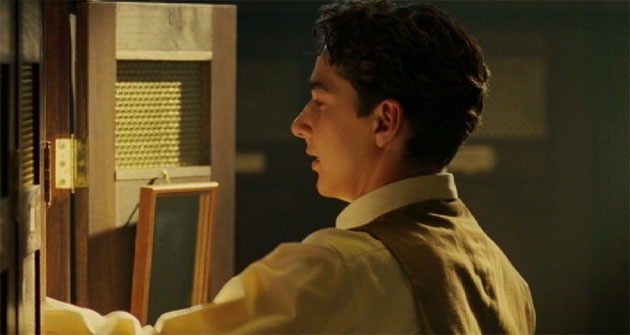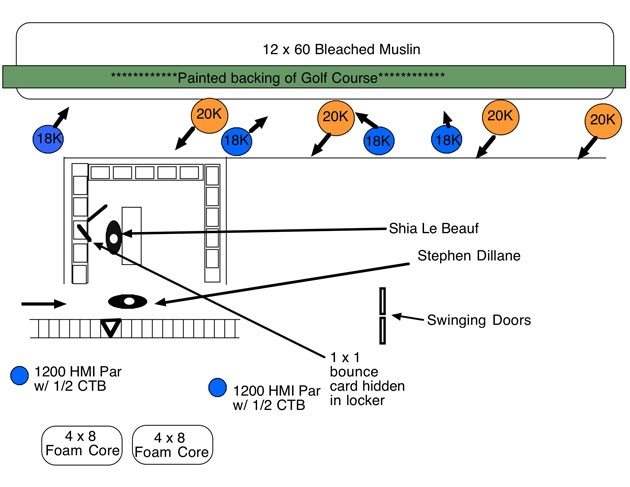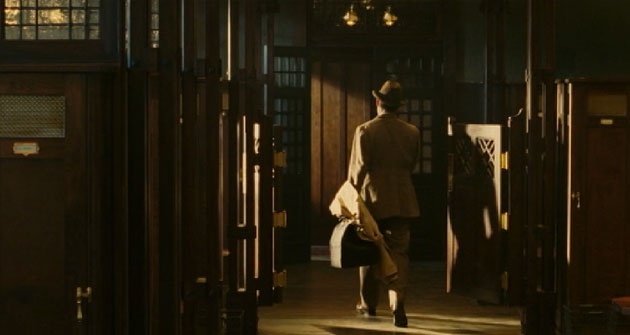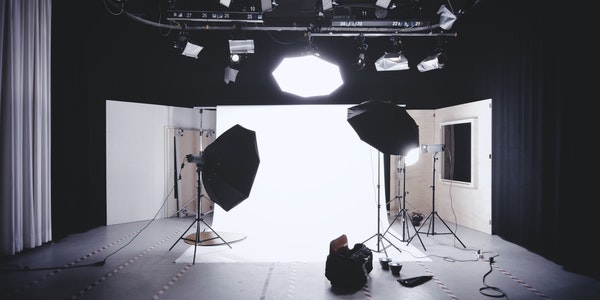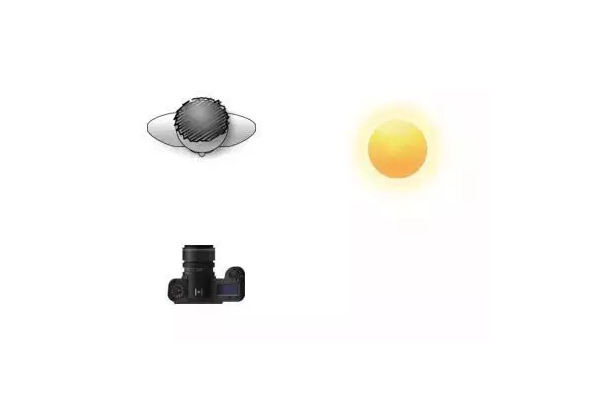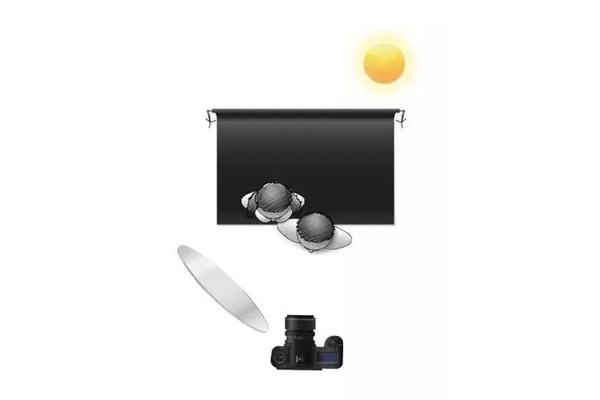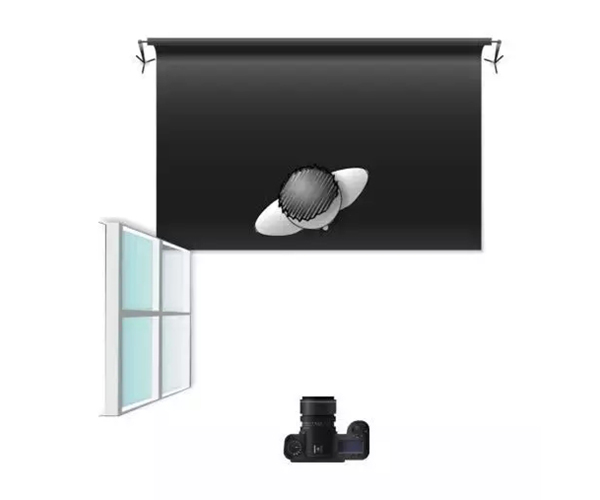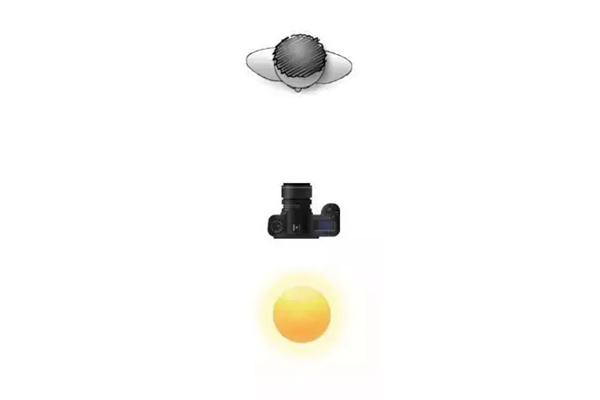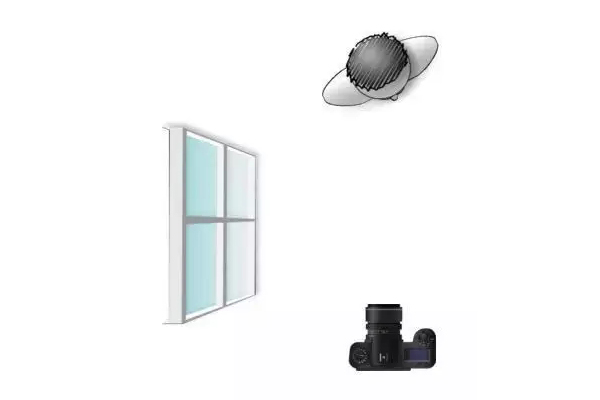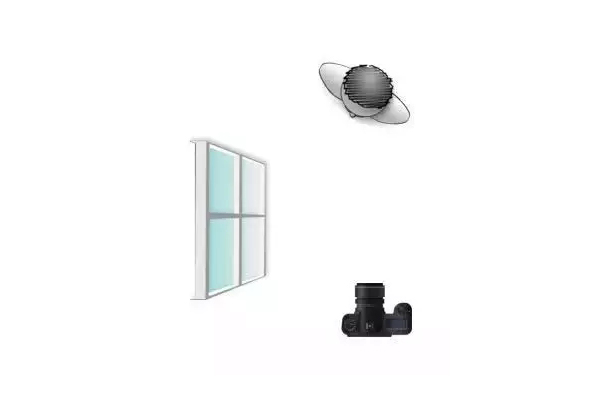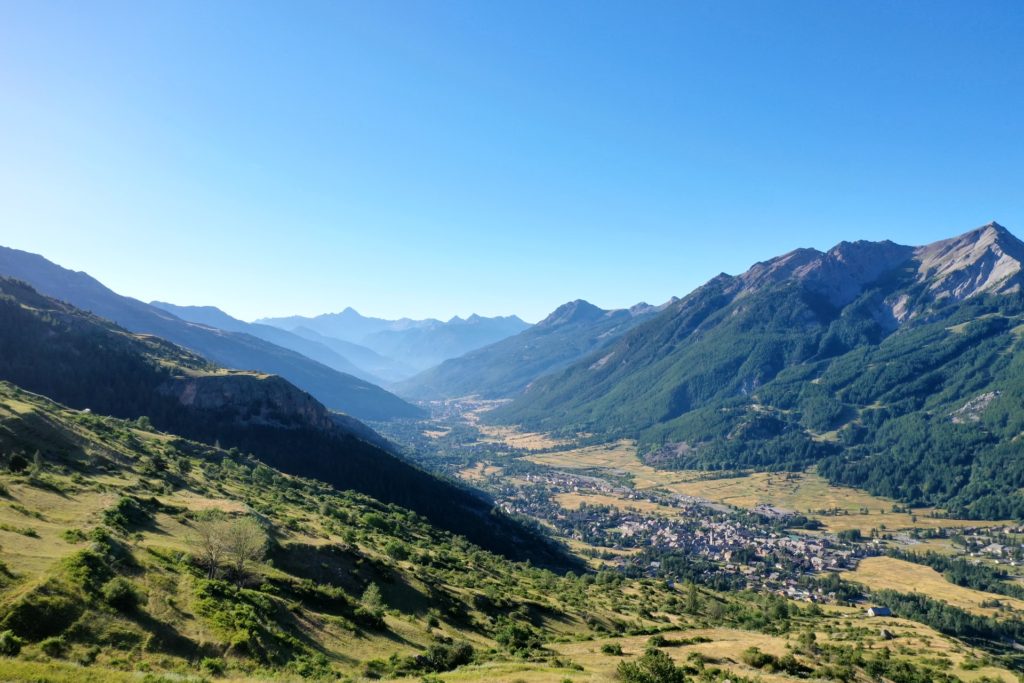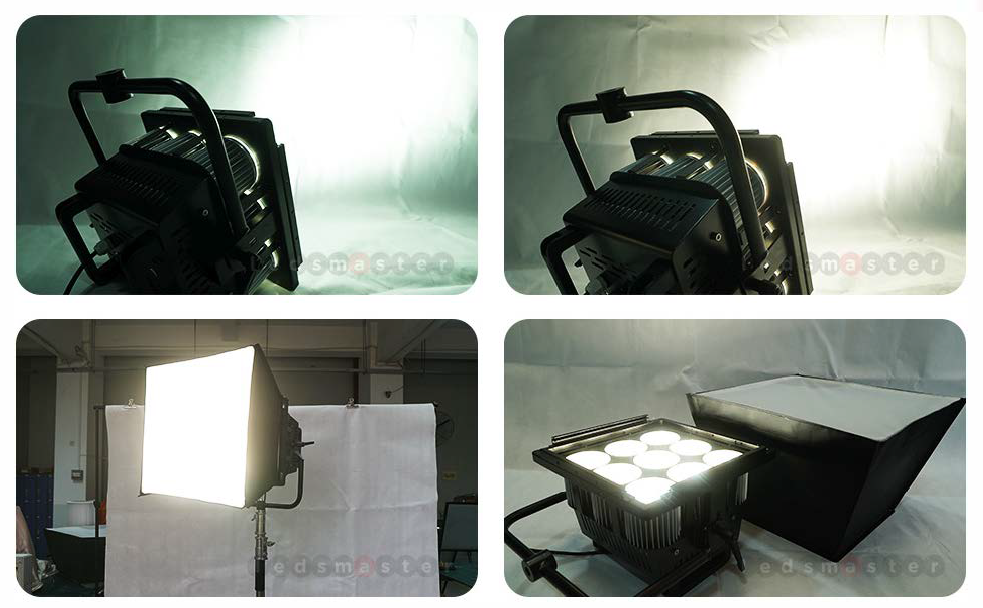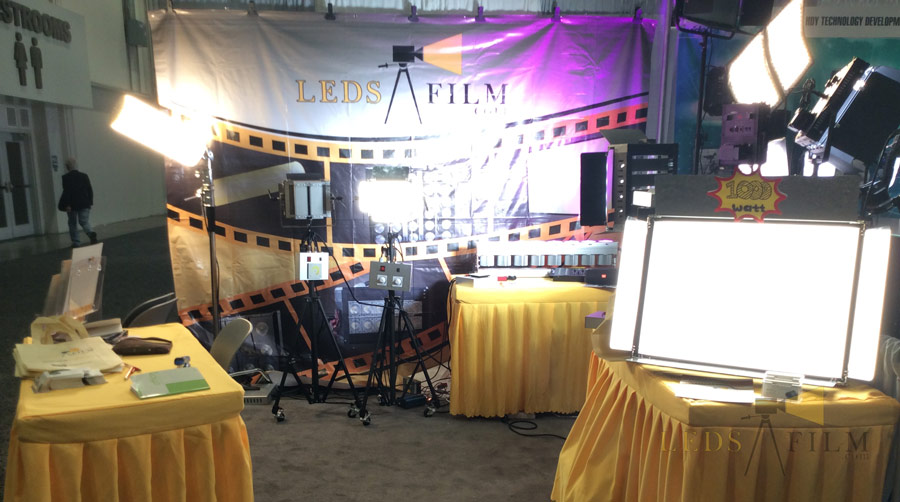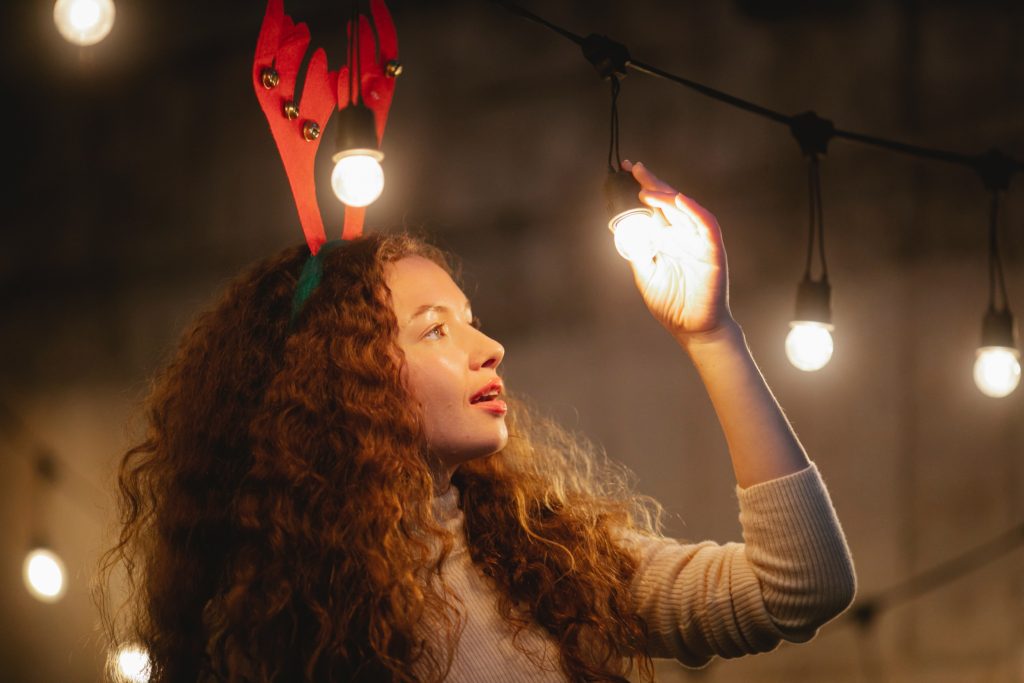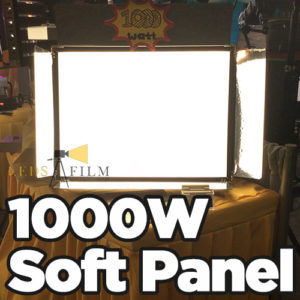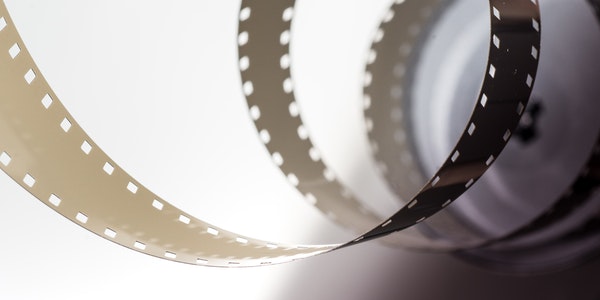Real shot
The photographer (photographer) set up the camera position and set up the light (in the location and real scene shooting, but also to wait for the required light position), the director thought that all aspects have met the requirements, and ordered the official start of shooting.
1. grab a shot
One of the methods of interviewing photography (elephant);
A method of shooting feature films under special circumstances. In order to grab time, to avoid changes in seasons and climate, or to capture some sincere and emotional performances that are very rare for actors in time, or to use the real scene, the method of shooting must be used. Rush shooting requires photographers (elephant) to be proficient in the use of photography (elephant) machines and make full use of modeling expression methods, and have the ability to react quickly and act decisively.
2. Candid photos
Use pre-set shelters or hidden places to shoot without being aware of the subject. News documentary photographers often use hidden places to photograph pedestrians on the street and various scenes of social life. Candid photography is also often used to photograph the lives of birds and beasts. The sneak shot method is to achieve the effect of natural expression, free movement and real scene of the subject.
After the filming of the film and television textbooks was filmed, the director found that some pictures were not ideal or lacked necessary shots when editing (editing), and reorganized to shoot in the prescribed venue. These work habits are called make-ups. The phenomenon of make-up shots occurs from time to time, so some important sets of the set should not be demolished immediately. For news documentaries, in order to ensure the real effect of the film, the director should make full preparations in advance to minimize re-shooting.
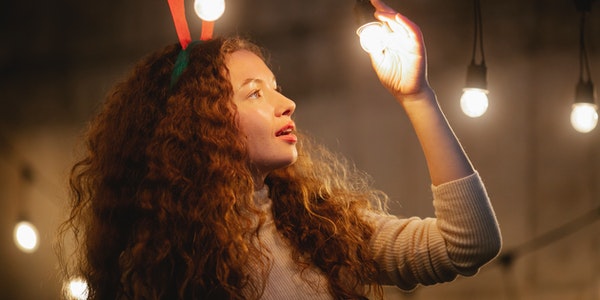
Filming angle
1. Flat shot
A shooting angle where the camera and the subject are on the same horizontal line. Flat shots can generally be divided into three types: front, side, and inclined.
For frontal shooting, the optical axis of the lens is consistent with the object’s eye level (or center point), which constitutes frontal shooting. The advantage of the front-facing lens is that the picture looks dignified and the composition has symmetrical beauty. It is used to photograph magnificent buildings, giving people the impression of a full frontal view; photographing people can more truly reflect the positive image of the people. The disadvantage is: poor stereo perception, so scene scheduling is often used to increase the depth of the picture.
Side shooting, shooting from a direction at right angles to the subject’s line of sight, is called side shooting. Side shots are divided into left and right sides. The feature of side shots is conducive to outline the side profile of the object.
Oblique shooting, the shooting angle between the front and the side is oblique shooting. The oblique shot can simultaneously express the two sides of the object in one frame, giving a vivid three-dimensional effect. Oblique shooting is the most common shooting angle in film and television textbooks.
2. Upward shot
The camera (camera) shoots from a low place upwards. Upward shooting is suitable for shooting high places, which can make the scenery look taller and majestic. Use it to represent the line of sight of film and television characters, and sometimes it can represent the high and low positions between objects. Due to the perspective relationship, the upward shooting reduces the horizontal lines in the picture, and the contrast between the objects in the foreground and the background changes in height, so that the objects in the foreground are highlighted and exaggerated, thus obtaining a special artistic effect. The upside-down lens is often used in film and television textbooks to express people’s praise of heroes or awe of a certain object.
The angle of upside-down shot is approximately vertical, which is called big upside-down. Generally, it expresses the person’s point of view to express his mental state such as dizziness and fainting.
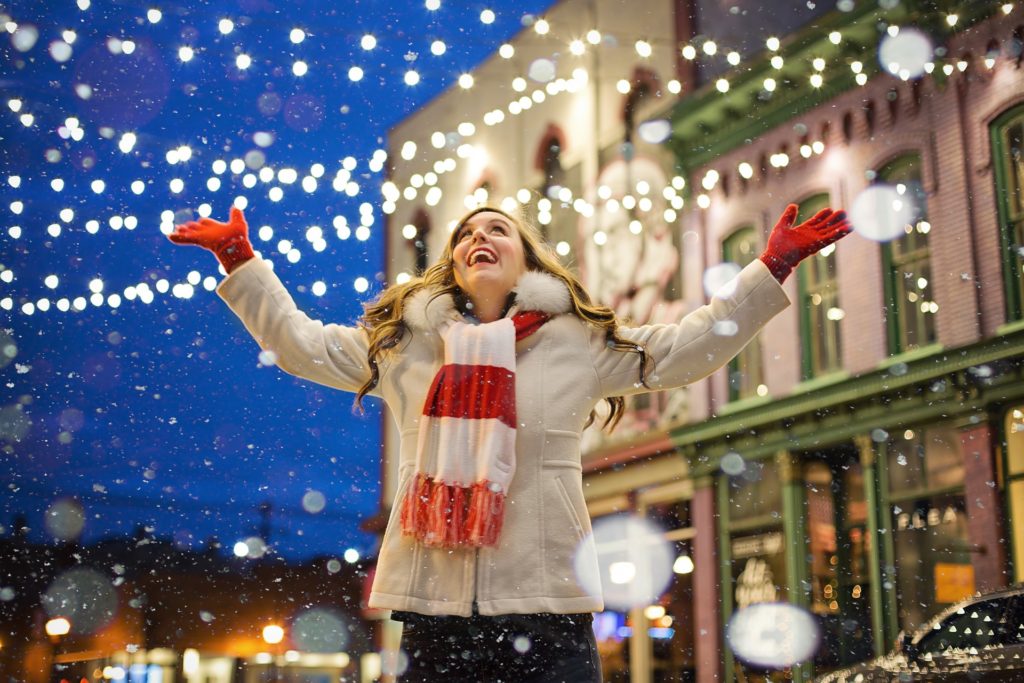
3. Top view
Contrary to looking up, the camera (camera) shoots from a high place downwards, giving people the feeling of looking down. The overhead lens has a wide field of view and is used to express vast scenes. It has its own uniqueness.
Shooting from a high angle, the horizontal line in the picture rises, the surrounding environment is fully expressed, and the object in the foreground is projected on the background, and people feel that it is pressed close to the ground, becoming short and depressed. It is very common in film and television to show the abominable insignificance of the villain or show the despicable behavior of the character with the overhead lens.
4. Top shot
The shooting direction of the camera is perpendicular to the ground. Shooting certain acrobatics or singing and dancing performances with the top corner is unique. It can take some expressive shapes from angles that are generally inaccessible to people, and take them into delicately composed pictures. The function of top photography is that it changes the normal state of the subject, turning the spatial position of the person and the environment into a flat pattern with clear lines, so that the picture has a certain taste and beauty. The top camera angle is rare in movies and TV.
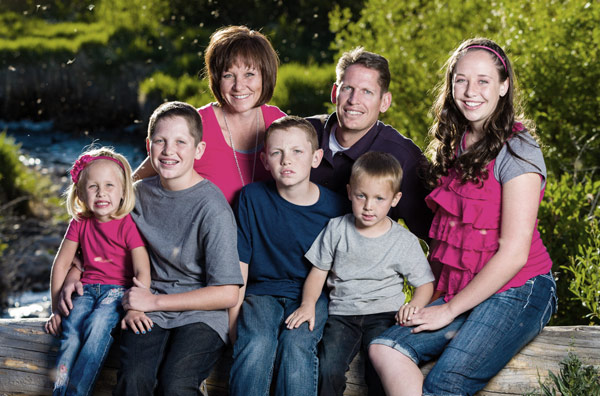
5. Reverse
When the film in a movie camera passes through the film gate, it runs in the opposite direction for shooting. The movement process of the object captured by this method is projected in the positive direction, and the effect opposite to the actual movement direction can be obtained. Reverse shooting is often used to shoot thrilling scenes. In TV shooting, the reverse shooting method is also commonly used.
6. Side-reverse shooting
Shooting from the side and back of the subject is called side-to-side shooting. In this way of taking pictures, the characters almost become the back figure, and the faces are less presented, which can produce a wonderful feeling.
Photography method
1. Stop motion photography
Also known as frame-by-frame photography. It is a photography method that uses a mechanical or electronic control device to start a movie camera, and only captures one frame at a time. Using this method, pictures or still life with gradual changes in form can be displayed on the screen, producing a lifelike activity effect. Animations, puppets, paper-cutting movies, or active subtitles in TV movies, etc., are all filmed in this way.
2. Downgrade photography
During shooting, the number of frames passed by the film gate per second is less than the standard number. “24 frames per second, cherry blossoms?? Pang Chengpi only refers to the constant speed of 24 frames per second. In this way, the activities on the screen are faster than the actual activities. There is a fast motion phenomenon.
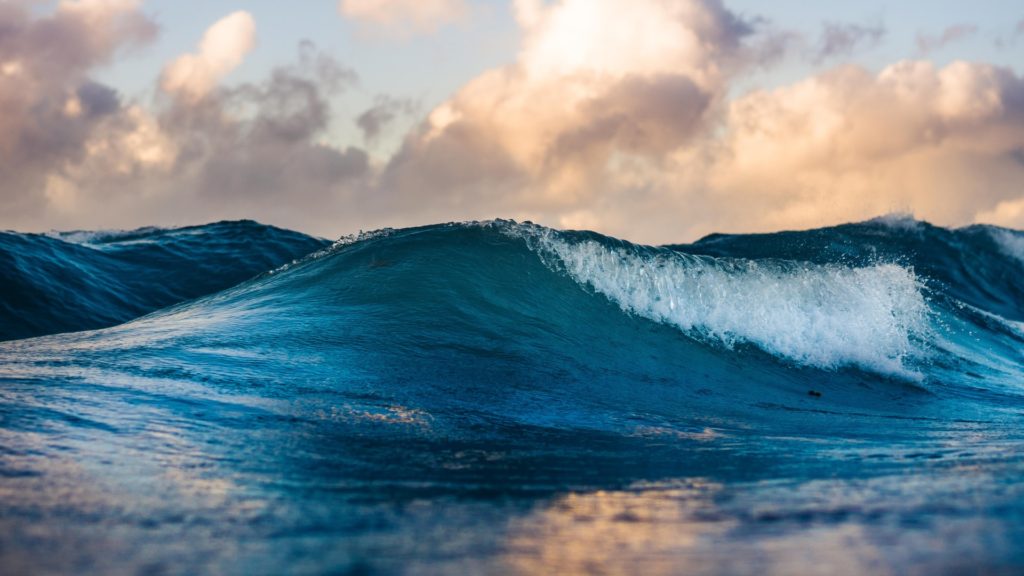
3. Quick photography
Also known as upgraded photography. That is, the photographic method in film photography at a higher than normal (24 frames/sec) photographing speed. Generally, the shooting frequency of 48, 64, 72, 96… or even 240 frames per second can be used according to the needs. The movement process of the scene captured by this method can be projected at a normal frequency (24 frames/sec) to get a visual effect that is slower than the actual movement. It is generally used to capture certain stunt models or make certain actions (such as high jumps and running races) appear on the screen in a slow process for decomposition and observation. In scientific research, capturing an instantaneous process at a speed of 1,000 frames per second or even more than ten thousand frames per second is called high-speed photography to distinguish it from rapid photography.
4. Timed photography
One of the special photography methods, also known as time-lapse photography. It is a method of using a time-delay automatic controller to perform stop-frame photography at a predetermined time interval. In film and television, we often see blooming flowers, which are blooming in an instant. According to the natural laws and the length of the lens, the time interval for each frame is pre-defined, and the automatic controller is used to frame the scene. It was made by shooting. When it is shown continuously, the process of blooming flowers slowly appears, which can be reproduced on the screen in a short period of time. This kind of lens can be used in science and education films to clarify the process of plant growth scientifically and truthfully; when used in feature films, it is often used to express the joyful feelings of the characters or to indicate the successful completion of the plot development.
5. Painting support photography
That is, a method of taking pictures by masking part of the field of view of the camera (image) by using paintings such as masks and Musk. Some special pictures can be obtained by using painting support photography.
6. Variable speed photography
It refers to photography that changes the normal speed (24 frames per second). Upgrading photography and downgrading photography are both variable speed photography. Its purpose is to show some special effects that cannot be achieved at normal speed.
7. Interlude photography
That is, a cut-out baffle is inserted in front of the camera film door to shoot the scene. For example, in some military feature films, the lens seen through the telescope was taken by inserting an insert in front of the film door by digging out two connected circular holes.
8. Photomicrography
Photography methods often used in teaching and technology films. That is to connect a microscope and a photographing device to record the image of the object observed through the microscope on the photosensitive film to obtain the lens image. It is a technical means to reveal the microscopic world invisible to the naked eye. Photomicrography can record activities such as bacterial reproduction and growth, so that people can truly understand various microscopic phenomena.
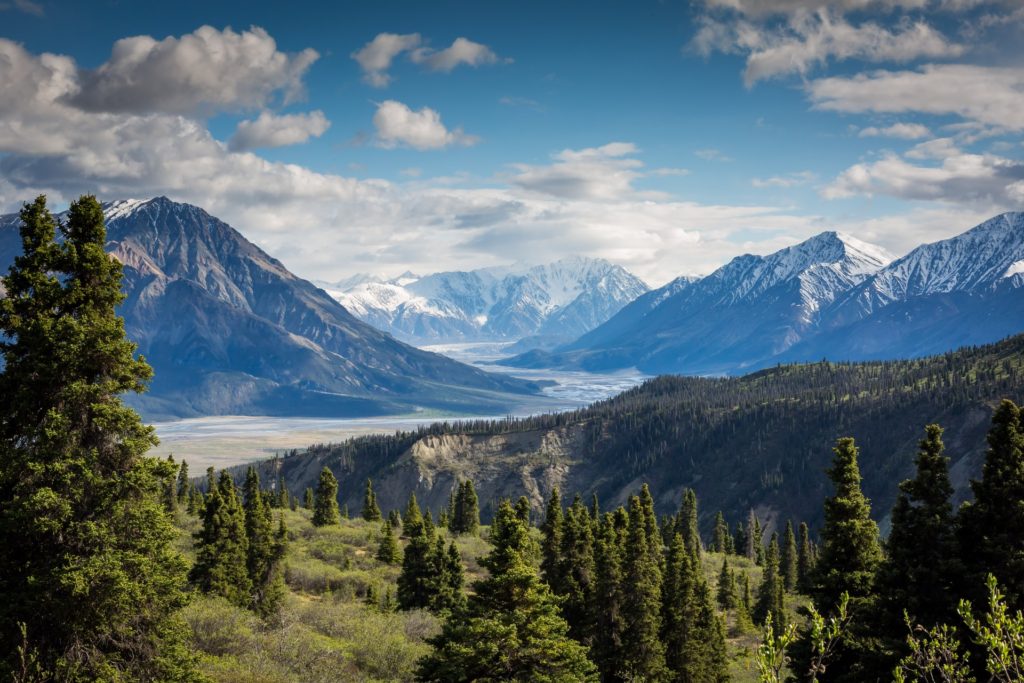
9. Scenery photography
That is, according to the principle of painting perspective, pictures, photos or models are placed in front of the camera to replace part of the real scene or scenery to achieve the effect of replacing the big with the small and the fake with the real effect. The shooting method is simple and effective, and it is used more in film and television. It is also known as “the method of connecting scenery.”
10. Close-up photography
Also called “macro photography”. A type of photography that obtains images and objects that are as large as or magnified several times. According to the principle of the conjugate focus of the lens, the object distance of photography is shortened and the image distance is lengthened, so that the camera lens is close to the real object, and the image that is as large as the real object or magnified several times can be shot.
11. Aerial photography
In film and television textbooks, aerial photography is often used to explain the general geography and atmosphere of a place. Not only the photography angle is high, but also the translation effect can be produced, so that the audience has a clear view of the scenery, which is very artistic.
Aerial photography is generally selected in the morning or afternoon, because the scene on the ground in the morning or afternoon is clearer, with sufficient illumination, and it is easy to receive a better tone effect. If there is fog on the ground, use an appropriate filter when shooting to enhance the contrast of the picture.
Attention should be paid to aerial photography:
Discuss the flight altitude, speed and route with the pilot in advance;
Don’t get too close to the shooting target. When shooting, choose a high-power focal length lens to adjust the size of the picture, and you can get better results.
12. Model photography
One of the special effects photography (elephant) methods. Use scaled-down or enlarged models instead of real scenes or scenes to capture scenes of disasters such as volcanic eruptions, flooding, earthquake damage, warship explosions, car collisions, plane crashes and other war scenes. Model photography is widely used in film and television, which can obtain film and television scenes that are difficult to shoot on the spot, achieve the effect of fake and real, and can ensure the safety of photography and save expenses.

